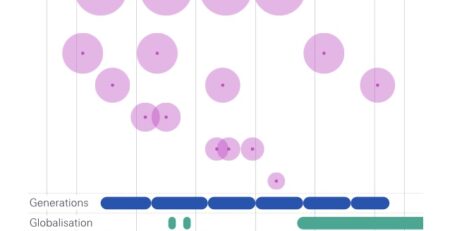State Pension Accounting Estimates and Strong Public Unions
By Samuel B. Bonsall (Pennsylvania State University – Department of Accounting), Joseph Comprix (Syracuse University) & Karl A. Muller (Pennsylvania State University – Department of Accounting)
Concerns are commonly raised that strong public unions extract generous pension benefits from state governments and are the cause of states’ burdensome pension obligations. Prior research (Anzia and Moe 2015) finds evidence supporting such concerns. Consistent with incentives to minimize such perceptions, our findings suggest that state pension plans with stronger public unions select higher discount rates to improve reported funding levels. While riskier asset allocations are used to support the higher discount rates (which equal the expected return on the plan assets), most of the higher rates appear opportunistic. In addition, consistent with a desire to avoid drawing attention to persistent plan underfunding, our evidence indicates that stronger union plans are less likely to select longer amortization periods to recognize pension deficits when underfunding is larger. We do not, however, find evidence for asset smoothing periods being used to delay the recognition of investment losses on plan assets. Together, our findings suggest that stronger union plans take steps to make their pension obligations look less burdensome to the public.
Source: SSRN










